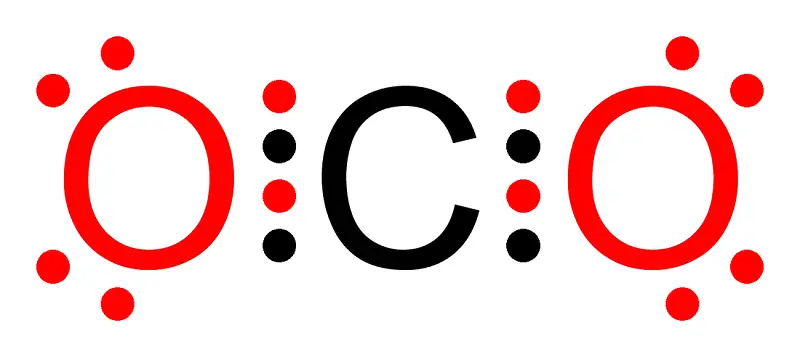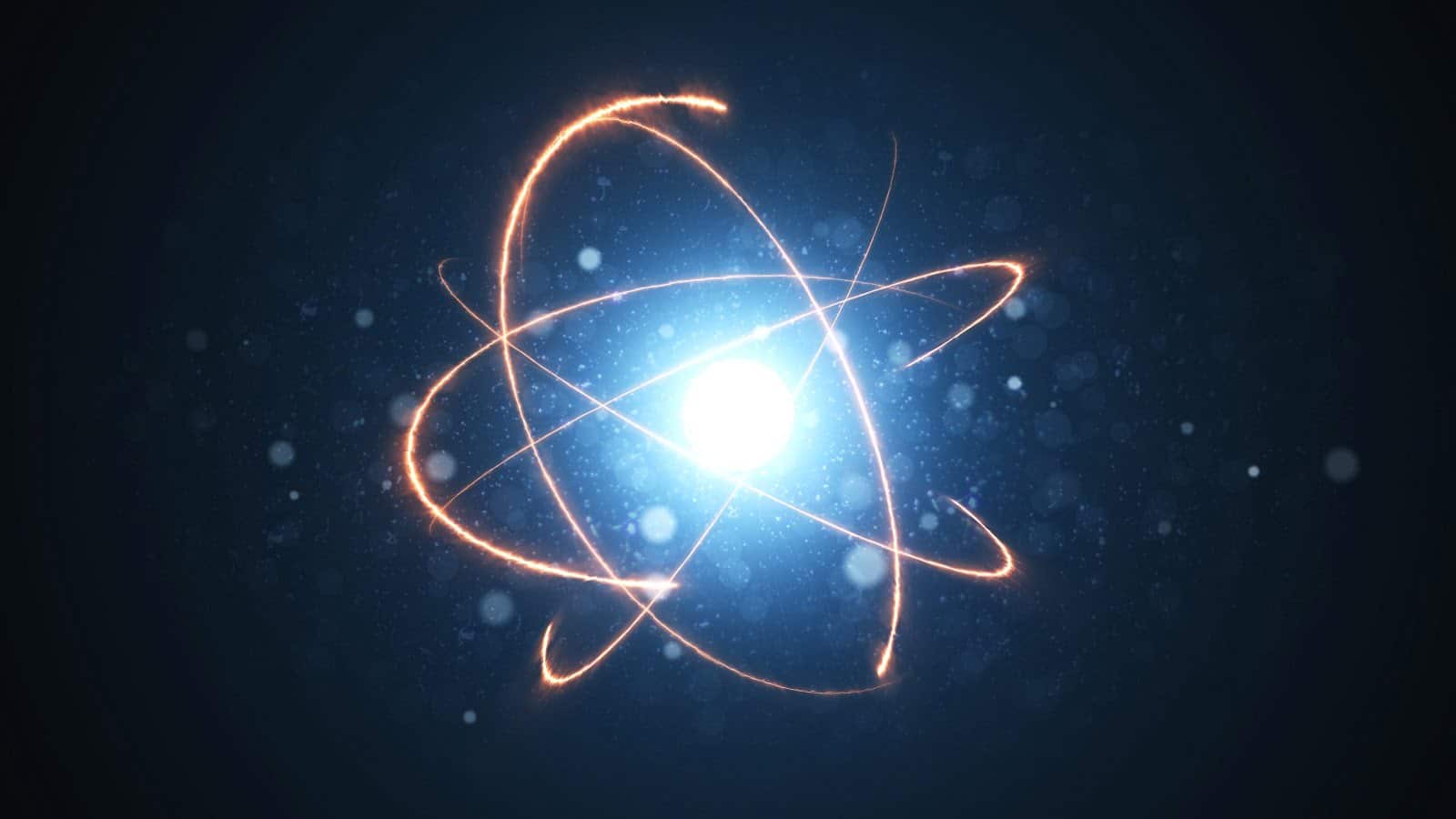An atom is the smallest constituent unit of any element. And, a molecule is a combination of two or more atoms. For example, Hydrogen (H) is an atom. On the other hand, Water (H2O) is a molecule that is nothing but a combination of two hydrogens and one oxygen atom.
Atom vs Molecule
| Atom | Molecule | |
| 1. | An atom is the smallest constituent unit of any matter or element. | A molecule is a combination of two or more atoms. |
| 2. | Atoms are mostly unstable and hence cannot stay freely. | Molecules are formed to attain stability and hence can stay freely. |
| 3. | It is made up of electrons, protons, and neutrons. | It is made up of two or more similar as well as different elements. |
| 4. | Atoms are spherical in shape. | Molecules can have different shapes. |
| 5. | Except for noble elements, all other atoms are highly reactive in nature. | They are less reactive in nature. |
| 6. | Atoms are neither visible to the naked eye nor to magnifying microscopes. | Molecules are visible through a magnifying microscope but not through the naked eye. |
| 7. | Some examples of atoms are Hydrogen (H) and Oxygen (O). | Some examples of molecules are water (H2O) and Carbon dioxide (CO2) |
What are Atoms?
By definition, an atom is the smallest constituent unit of any element. They are that much small that their behavior cannot be predicted using classical physics. That’s why they are neither visible to the naked eye nor to magnifying microscopes. As per the available scientific data, atoms are approximately 100 picometers across. Just to let you know that a picometer is equal to one trillionth of a meter.
They are primarily made up of a nucleus (proton and neutron) and electrons, where the nucleus of an atom is held together by nuclear force. On the other hand, electrons are held together to the atomic nucleus by electromagnetic force. In addition, atoms are spherical in shape.
Atoms are Unstable and Highly Reactive
Except for noble elements, all other atoms are unstable and highly reactive. You would be thinking why…!!! Well, just because the outermost shell of noble elements is filled, they are stable.
On the flip side, if the outermost shell of an element is not filled, an atom or element can either become a positively charged cation or a negatively charged anion.
This is, not to mention, also regarded as one of the reasons behind the fact that all atoms except the noble ones, cannot exist in a free state.
Must Read: Anion vs Cation – What’s the Difference??
For Example:
A Chlorine atom has 17 electrons and 17 protons (yeah, 17 neutrons too). This means, that it has 7 valence electrons in its outermost shell. Therefore, to attain its Octet, the Chlorine atom will gain or accept one electron in its outermost shell.
Hence, now has 18 electrons and 17 protons. In other words, after gaining or accepting one electron, the Chlorine atom has more electrons than protons. Therefore, as a result, a Chlorine atom becomes a negatively charged chloride ion.
What are Molecules?

By definition, when two or more atoms combine due to chemical bonding, we get a molecule. Unlike atoms, the behavior of molecules can be predicted using classical physics. Not to mention, we cannot see them with the naked eye. However, molecules are visible through a magnifying microscope. They are made up of two similar as well as different elements.
In other words, there is no restriction on the fact that a molecule can be either made by combining two similar elements. On the other hand, it can also be made by combining two different elements having different characteristics. Based on this fact, molecules can be divided into two sub-categories.
For Example:
If a molecule consists of one chemical element, we call it a homonuclear molecule. Such that an oxygen molecule has two oxygen atoms combined due to a chemical bond. On the other hand, if a molecule consists of more than one chemical element, we call it a heteronuclear molecule.
Such that a water molecule has two hydrogen atoms and one oxygen atom that is, again, combined due to a chemical bond.
Molecules are Stable and Less Reactive
All the molecules are stable and less reactive. WHY? Because when two or more atoms combine to form a molecule, hence, they fill out their outermost shell due to chemical bonding such as Ionic or Covalent Bonding. This is, not to mention, also regarded as one of the reasons behind the fact that all molecules can easily exist freely in nature.
In fact, if atoms were stable in nature, we won’t be having any kind of molecules. In other words, all the elements would be stable and inert like noble ones. Hence, in return, there won’t be any water (H2O), carbon dioxide (CO2), or table salt (NaCl). What do you think? Will you be able to live without molecules?
That’s it for this post. If you like this article, share it if you like, and like it if you share it. You can also find us on Mix, Twitter, Pinterest, and Facebook. Hey man, If you have come this far, do give us feedback in the comment section. It would make my day. You can also make a donation. Your donations will help us to run our website and serve you BETTER. Cheers!!!
You might also like:
- Difference Between Absorption and Adsorption in Tabular Form
- Ionic Bond Definition, Properties, Examples & Uses
- Covalent Bond – Definition, Types, Properties & Examples
- Viscosity vs Density – Difference & Similarities in Tabular Form
- Difference Between Endothermic and Exothermic Reactions in Tabular Form
